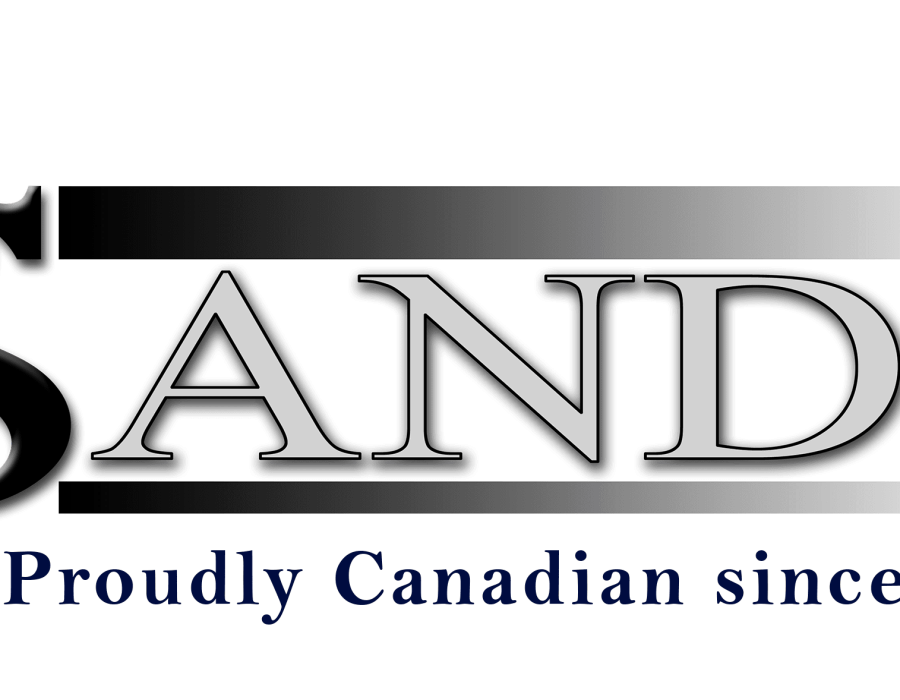In our daily lives, unexpected accidents and minor injuries can occur at any time. Whether it's a small cut while cooking or a bruise from a fall, having a well-equipped first aid kit at home is essential. In Canada, where safety is a priority, it's crucial for every household to have easy access to a comprehensive first aid kit. Let's delve into the importance of these kits and what essentials should be included in a first aid kits for home across Canada.
Importance of First Aid Kits for Home
Accidents are unpredictable and can happen anywhere, including within the comfort of our homes. Being prepared with a first aid kit can significantly reduce the severity of injuries and provide immediate care before professional help arrives. In Canada, where weather conditions and outdoor activities vary widely across regions, having a well-stocked first aid kit becomes even more critical.
Essentials for a First Aid Kit at Home in Canada
- Bandages and Dressings: Adhesive bandages in various sizes, sterile gauze pads, and adhesive tape are essential for covering and protecting wounds.
- Antiseptics and Cleansing Agents: Include antiseptic wipes, hydrogen peroxide, or rubbing alcohol to clean and disinfect wounds before dressing.
- Medical Tools: Tweezers, scissors, and disposable gloves are necessary tools to handle wounds and prevent infection.
- Pain Relievers and Medications: Over-the-counter pain relievers like acetaminophen or ibuprofen, antihistamines for allergic reactions, and antacids should be kept in the kit. Ensure that medications are within their expiration dates.
- Emergency Contact Information: Have a list of emergency phone numbers, including local hospitals, poison control, and family doctor contacts, readily available in the kit.
- First Aid Manual: Include a guidebook with basic first aid instructions for quick reference during emergencies.
- Thermometer and Cold/Hot Packs: A thermometer to monitor body temperature and instant cold/hot packs for treating sprains, strains, or minor burns..
Customizing the Kit for Canadian Homes
Considering the diverse climate and activities in Canada, it's important to tailor your first aid kit accordingly:
- Outdoor Essentials: If you live in an area where outdoor activities like hiking, camping, or skiing are common, include items such as a snake bite kit, insect repellent, and a space blanket for hypothermia.
- Weather-related Items: For regions experiencing harsh winters, add hand warmers, extra blankets, and extra pairs of gloves in case of frostbite or cold-related injuries.
- Waterproofing: Given Canada's rainy climate in certain areas, store your first aid supplies in a waterproof container or bag to prevent damage.
Where to Keep Your First Aid Kit
Placement of the first aid kit is crucial for accessibility during emergencies. Consider these tips:
- Easily Accessible: Store the kit in a known and easily reachable place, away from young children but easily accessible for adults.
- Visibility and Labeling: Ensure the kit is clearly labeled and easily identifiable. Everyone in the household should know its location.
- Travel-friendly Kits: Apart from a home kit, consider having smaller, portable kits for travel or outdoor adventures.
Regular Maintenance and Check-ups
Lastly, routinely check your first aid kit. Replace expired items, restock used supplies, and ensure that the contents remain up-to-date and suitable for potential emergencies.
Conclusion
Having a well-prepared first aid kit tailored to the Canadian environment is an integral part of home safety. It ensures that immediate care can be administered in the event of an injury or emergency. By customizing the kit to match potential risks and activities, every Canadian household can be better prepared to handle unexpected situations and promote safety within their homes and communities. Remember, in times of crisis, well-equipped first aid kits for Home can make a significant difference in the outcome of an injury.





Comments